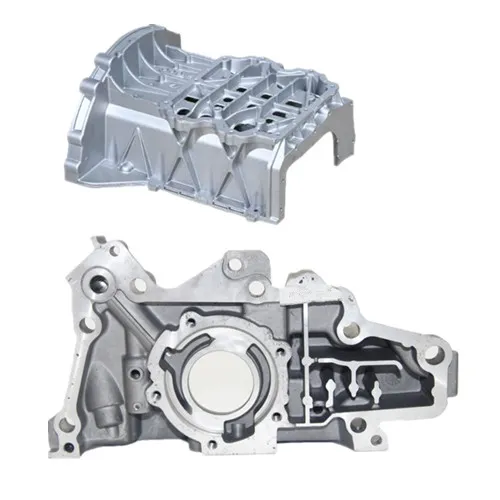Mobile:+86-311-808-126-83
Email:info@ydcastings.com
German
Exploring the Benefits and Techniques of Die Casting in Modern Manufacturing
The Art and Science of Die Casting
Die casting is a manufacturing process that involves forcing molten metal under high pressure into a mold cavity. This technique is widely used in various industries due to its ability to produce intricate shapes and high-quality finishes. The die casting process primarily uses non-ferrous metals, such as aluminum, zinc, and magnesium, which offer excellent fluidity and can be easily molded into complex designs.
One of the key advantages of die casting is its ability to create precision components with tight tolerances. This is particularly beneficial in industries such as automotive, aerospace, and electronics, where the accuracy of each part is critical. Components produced through die casting often require little to no secondary machining, which not only saves time but also reduces production costs.
The die casting process begins with the creation of the die, which is a two-part mold made from durable steel or other robust materials. The design of the die is crucial, as it must accommodate the thermal expansion of the metal and allow for easy removal of the finished product. Once the die is prepared, molten metal is injected into the cavity under high pressure. The pressure ensures that the metal fills every nook and cranny of the die, resulting in a consistent and detailed product.
Cooling is a vital part of the die casting process
. After the molten metal has filled the mold, it must cool and solidify, which occurs within seconds. The rapid cooling process helps to produce a fine grain structure, enhancing the mechanical properties of the finished part. Once the metal has cooled sufficiently, the die is opened, and the cast component is ejected.die casting

Another significant aspect of die casting is its versatility. Different alloys can be used to achieve specific properties, such as higher strength or better corrosion resistance. Additionally, die casting can accommodate a wide range of surface finishes, from smooth to textured, allowing manufacturers to meet varying aesthetic and functional requirements.
Sustainability is increasingly becoming a focal point in manufacturing processes, and die casting offers several environmentally friendly benefits. The reuse of materials is a major advantage; scrap metal generated during production can often be returned to the process, reducing waste and material costs. Furthermore, the energy consumption in die casting can be lower compared to other manufacturing processes, depending on the complexity and scale of production.
However, die casting is not without its challenges. The initial cost of creating a die can be high, making it less feasible for low-volume production runs. Moreover, certain design limitations exist, as complex geometries or undercuts may prove difficult to achieve without investing in more sophisticated tooling.
In conclusion, die casting is a vital manufacturing process that plays an essential role in producing high-precision components across various industries. Its combination of speed, efficiency, and quality makes it an attractive option for manufacturers looking to optimize production while maintaining high standards. As technology advances and industries evolve, die casting will continue to adapt, ensuring its relevance and efficiency in the manufacturing landscape. With ongoing innovations in materials and processes, the future of die casting looks promising, paving the way for even more sophisticated and environmentally responsible manufacturing solutions.
-
High-Performance Automobile Water Pump & Electric SolutionsNewsAug.30,2025
-
Expert Stainless Steel Casting | Precision & Durable Metal PartsNewsAug.29,2025
-
Precision Metal Castings: Aluminum, Stainless Steel & Die CastingNewsAug.28,2025
-
Superior Aluminum Castings in Automotive Engine PartsNewsAug.22,2025
-
Common Materials Used in Fan Housing ManufacturingNewsAug.22,2025
-
Symptoms of a Stuck Automobile Water Pump ImpellerNewsAug.22,2025











